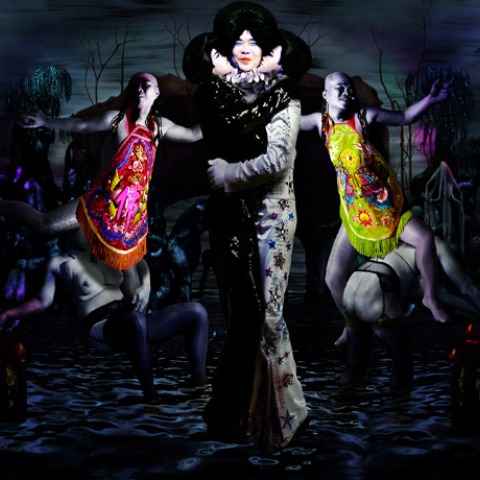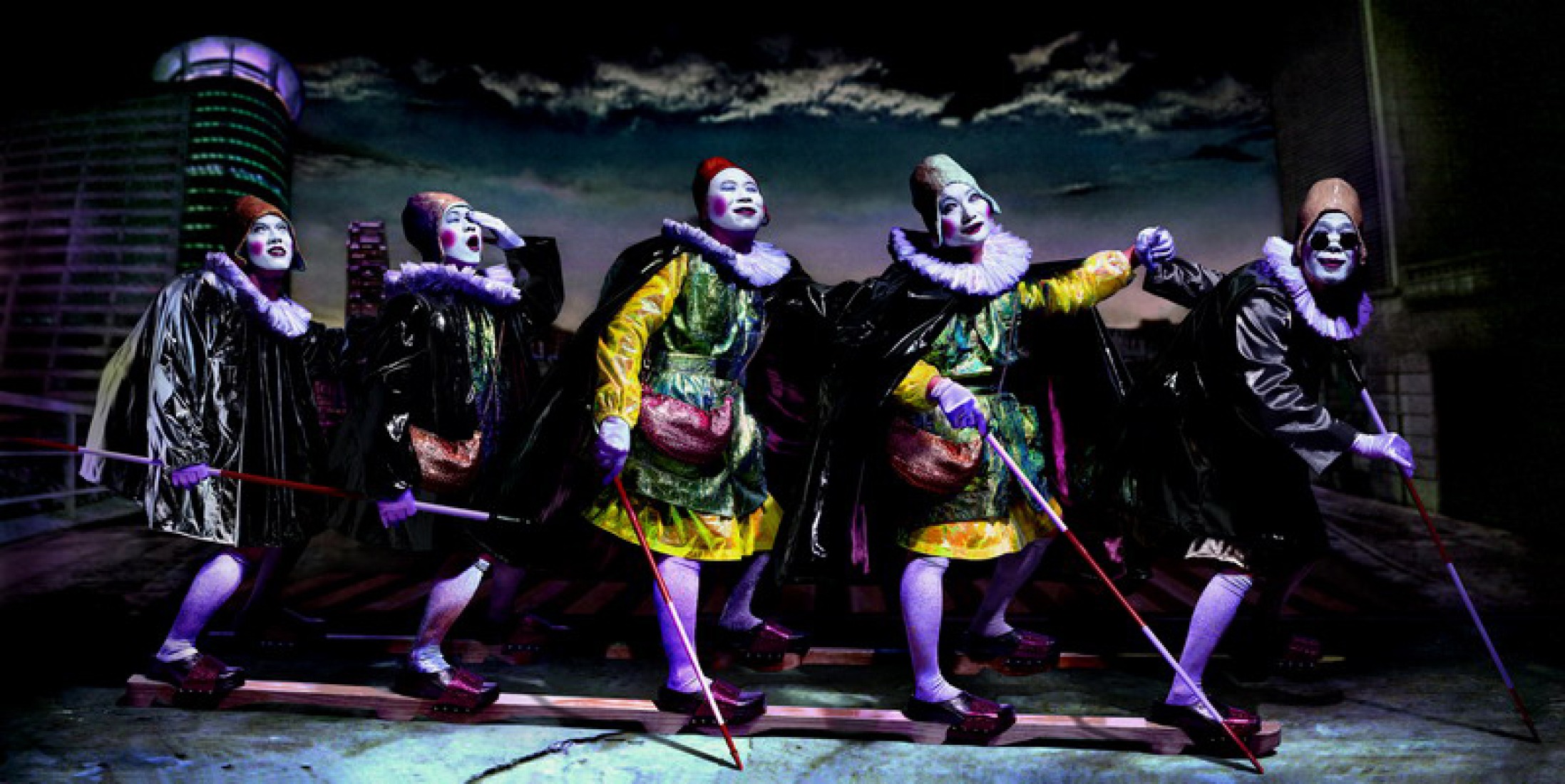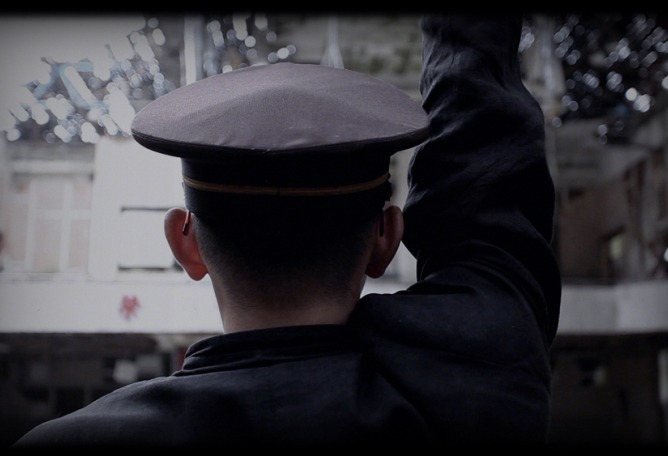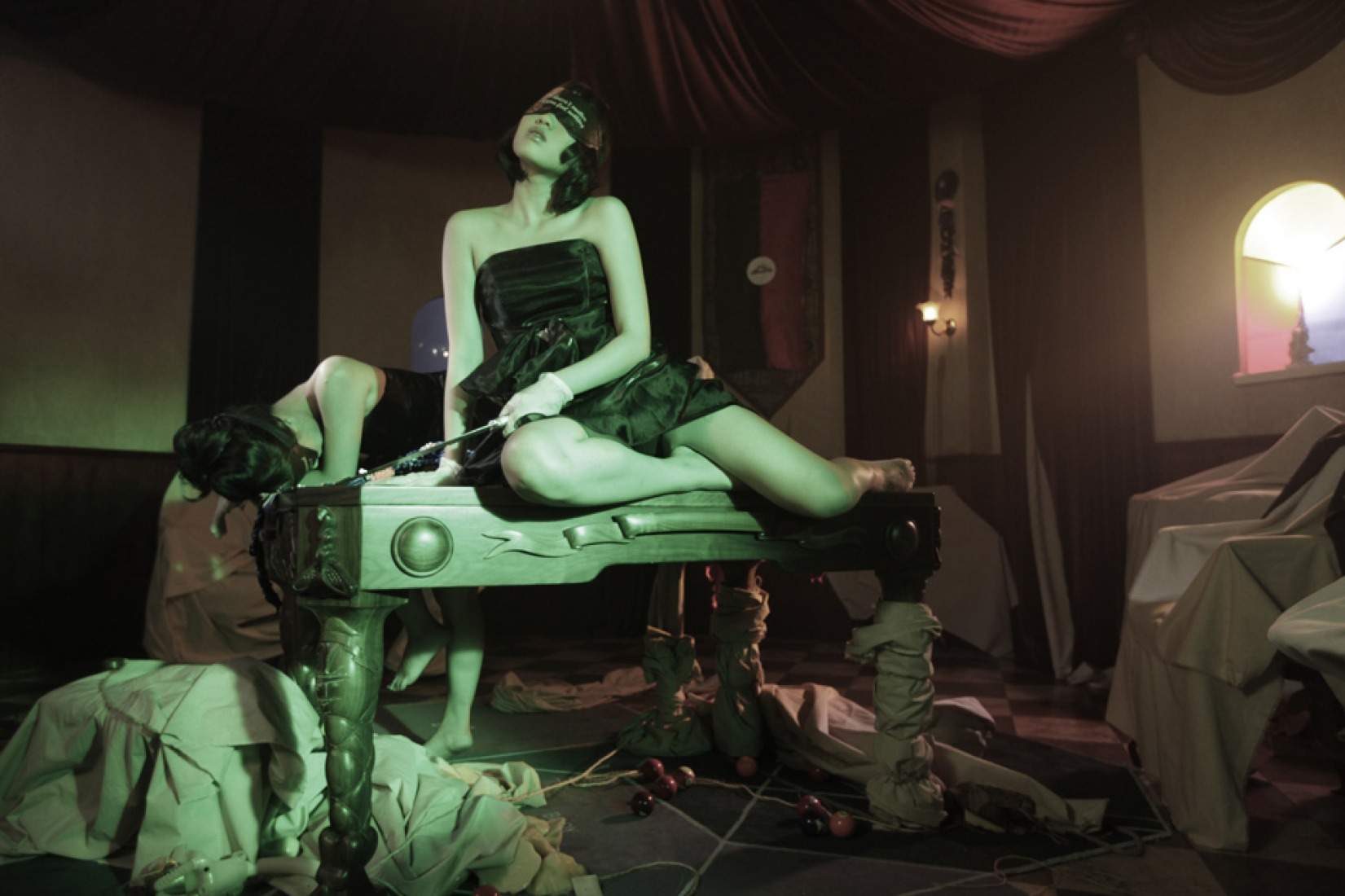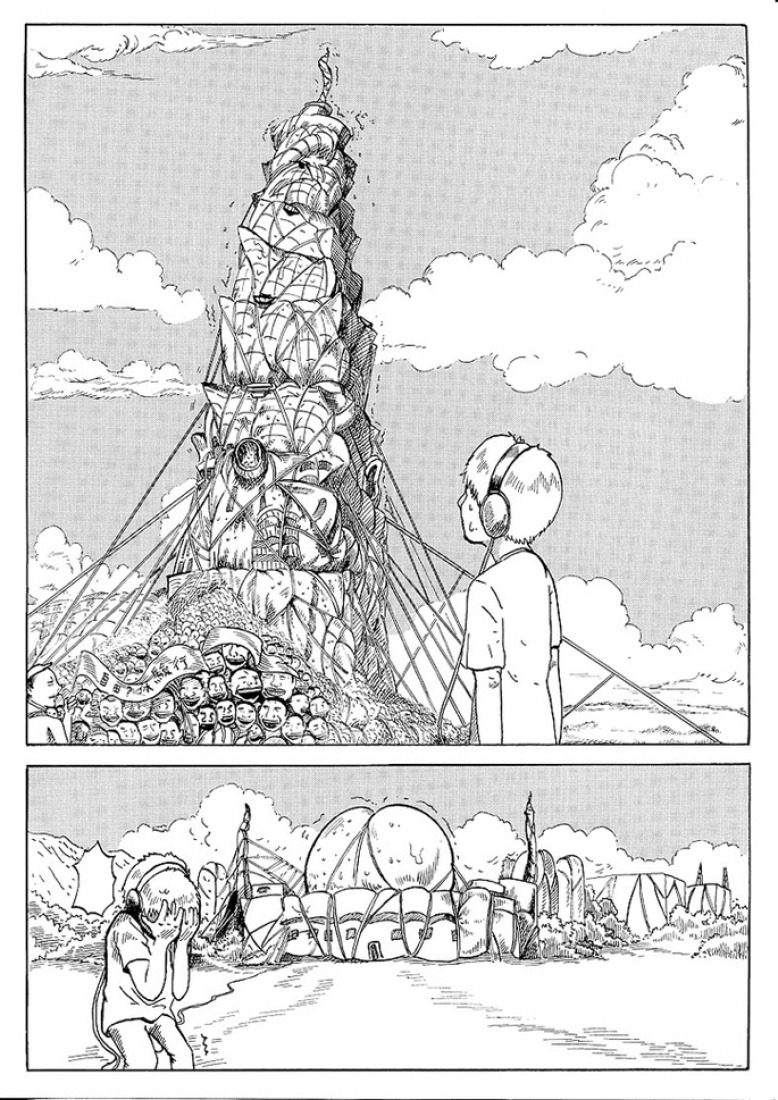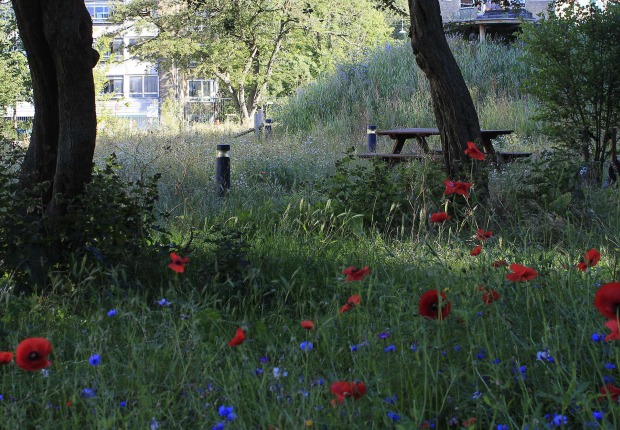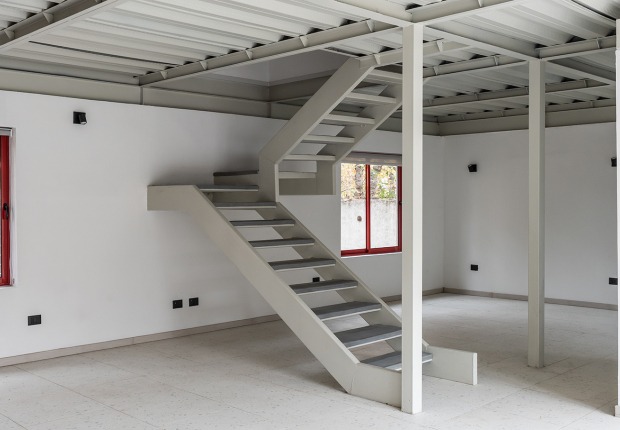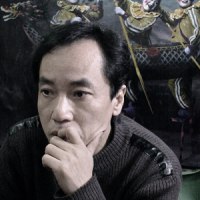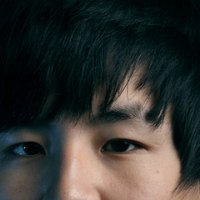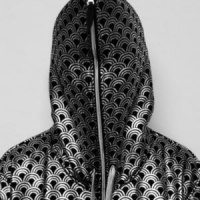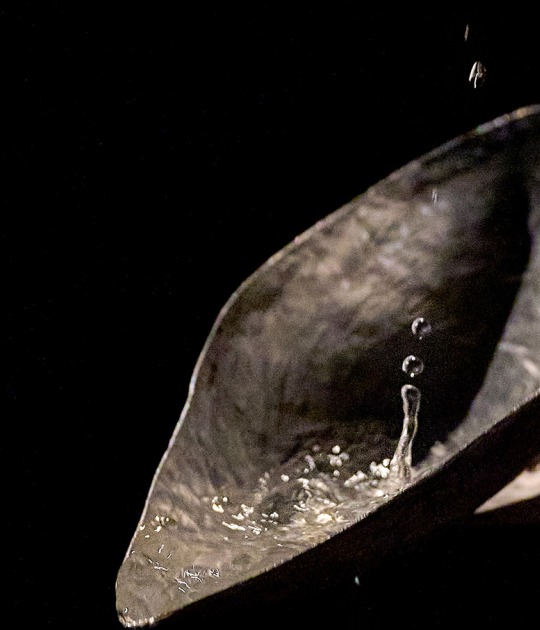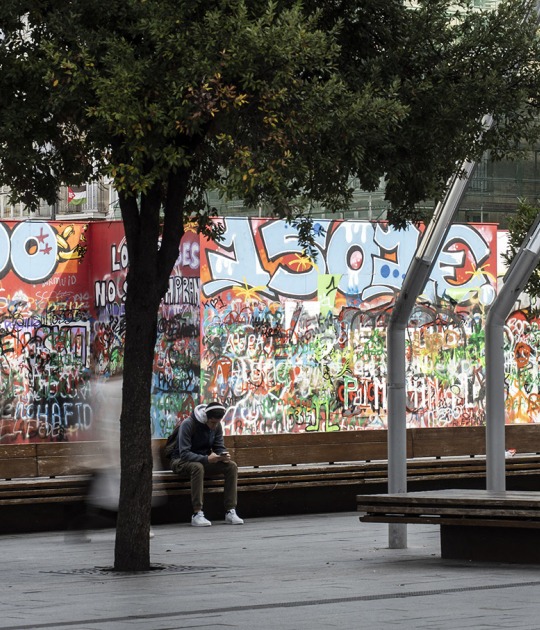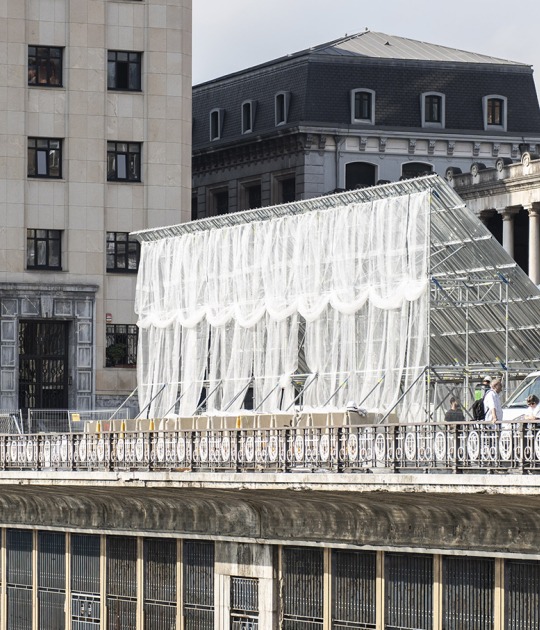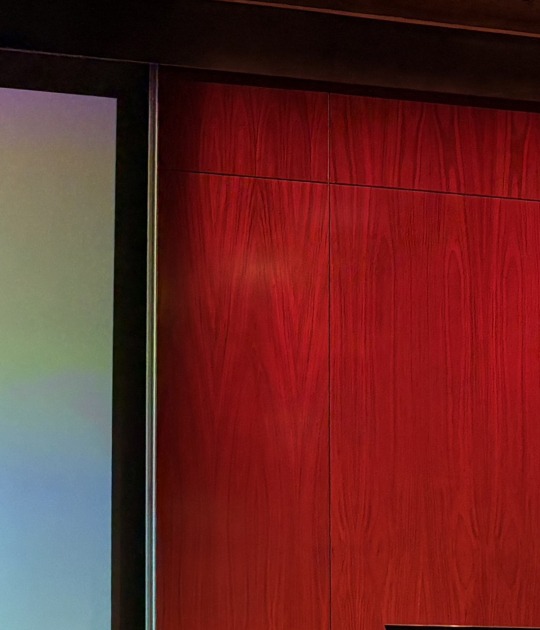Since Taiwan’s abolishment of the Martial Law in 1987, artists have been urgently responding to the sea change of Taiwanese society. This exhibition attempts to sketch out traces of the theoretical body within the cultural context from the silhouettes of the situated body projected in their work. While these traces reflect how the artists address historical and systemic issues of representation, negotiation, obstruction and rotation between the individual and the collective, they also Project these sillouettes onto the midst of a larger history, memory, locale, politics and Exchange.
In other words, their work open up the crisscrossing axes of time, space language, culture and systems that surround the body, and enable this to be seen as a visual form. This exhibition raises a question; meanwhile it responds to the situation when one’s identity is absent, `How’ implies a method about solving this problem but questioning. ``Is there a method to describe one’s identity at all?’’ This exhibition refers to the despair of losing words as one’s identity is obscure, it also doubts the subject of the being, and the justification of raising such a question.
Venue.- Adora Calvo Gallery. C/San Pablo, 66. 37008 - Salamanca. Spain
Dates.- May 2, 2012.
